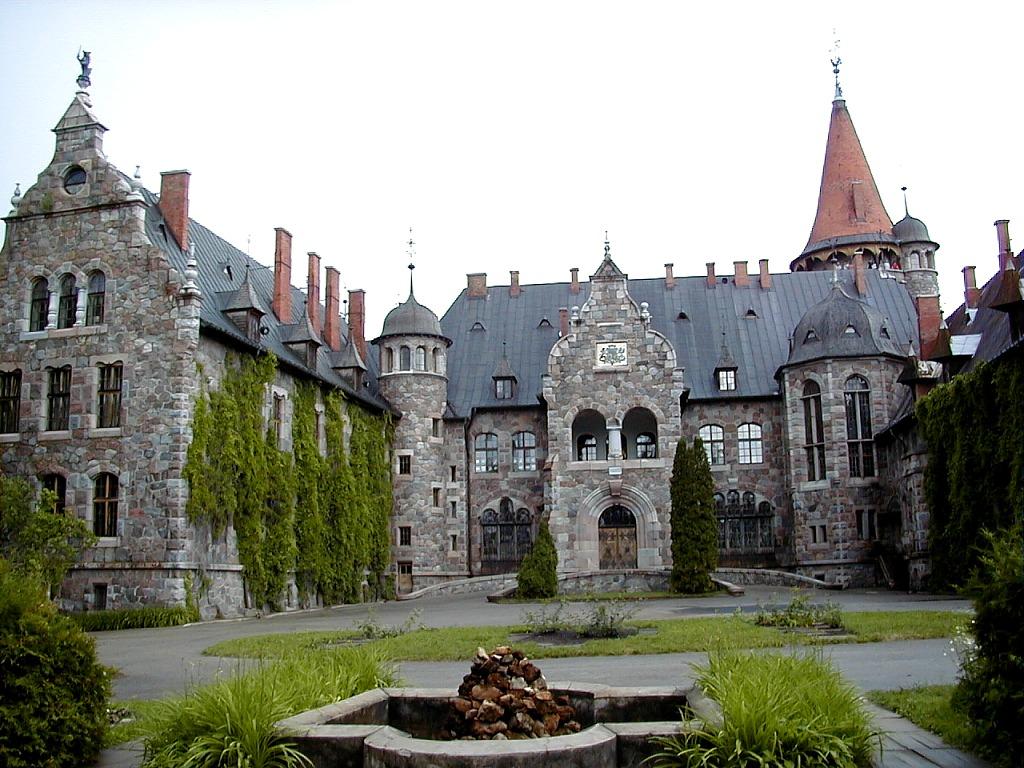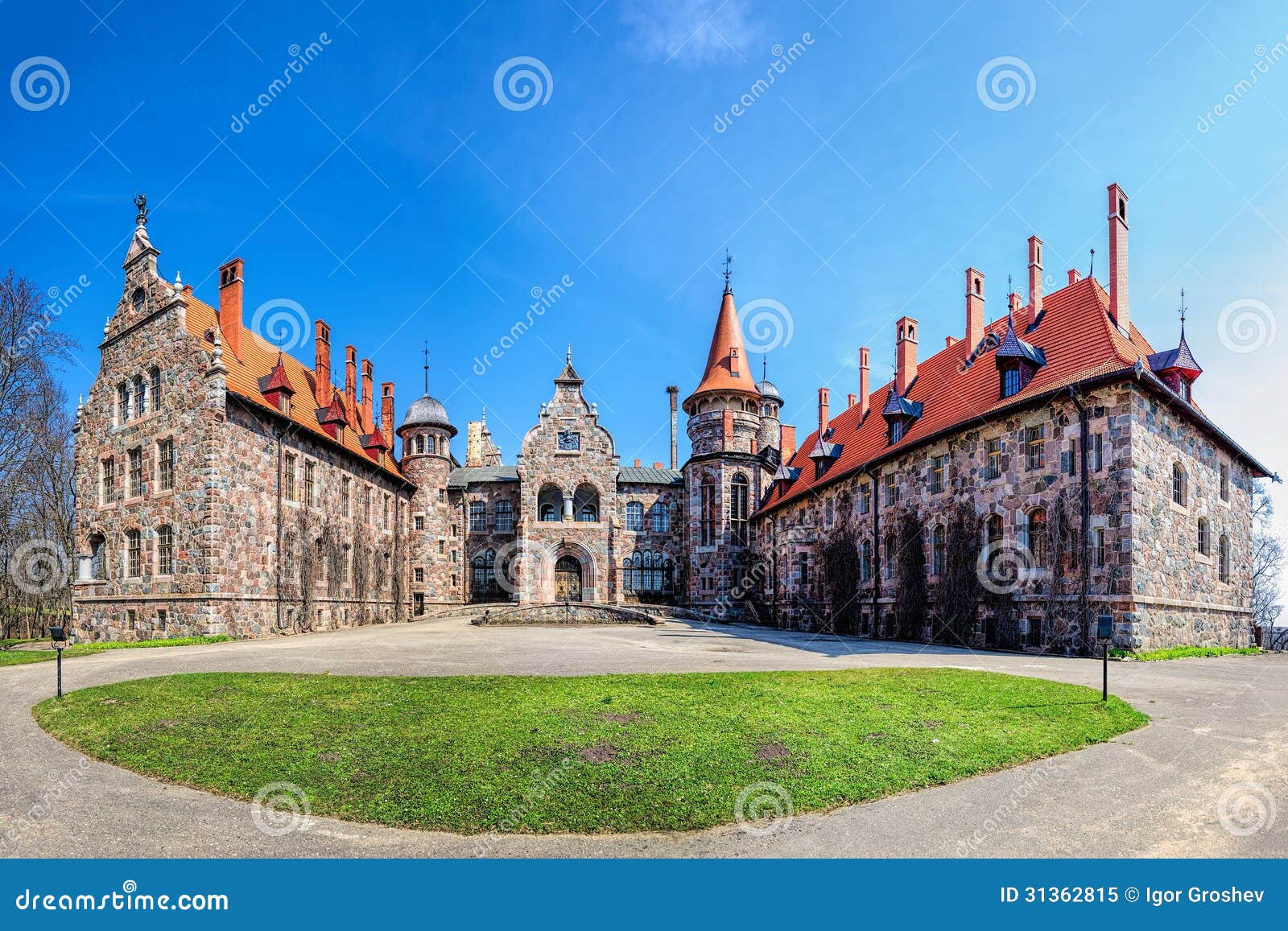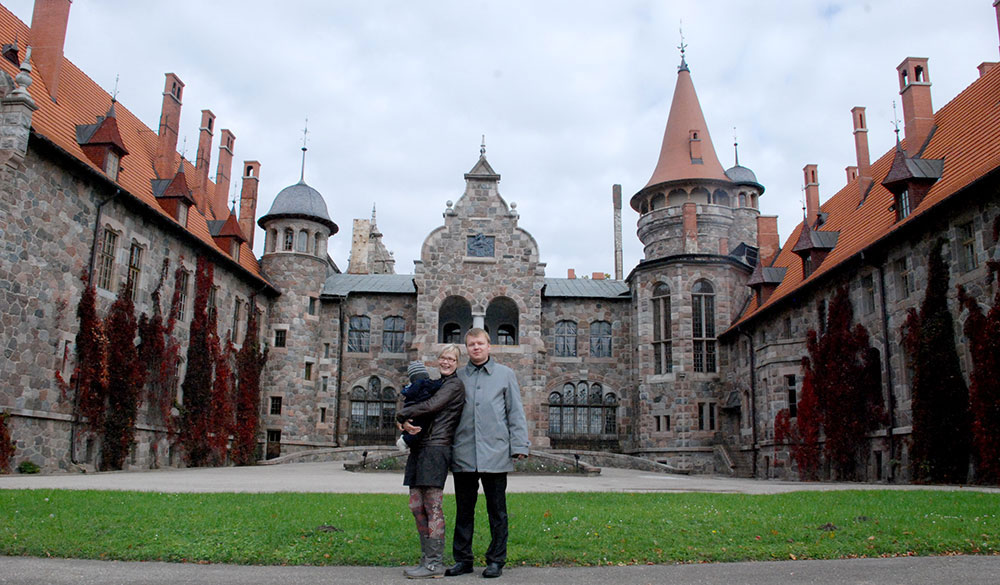Cesvaine
Cesvaine ( German: Seßwegen ) is a city in eastern Latvia and the center of the county of the same name.
History
1209 was the place Seßwegen in the possession of the Bishop of Livonia. Instead of wooden Latgale fixing a stone castle was built around which formed a settlement until 1240. In 1577 the castle was destroyed by Tsar Ivan the Terrible and the crew killed for their long resistance. 1582 the region came then under the rule of Poland - Lithuania. 1656 2nd Northern War, the castle was captured and destroyed again by Russian troops.
Only after 1850 a town again began to form. Under the Baron Wulf began a recovery. 1879 a church was built in Gothic Revival style. From 1890 to 1897, the Seßwegen castle was built next to the ruins after drafts of the Berlin architect Hans Grisebach and August Dinklage.
During the Second World War, the front line ran in 1944 a long time through this area. Cesvaine base was there a Latvian SS Division.
1991 Cesvaine received its town charter. In 2002 the castle burnt down partially. Through public funds as well as donations made reconstruction work, which are almost completed (2010).
A famous son of the city is the poet Jakob Michael Reinhold Lenz ( 1751-1792 ).
Cesvaines novads
2009, the city was merged with the surrounding community to Cesvaines novads. In 2010 lived 3114 inhabitants on an area of 190.5 km ². The area is wooded with many lakes.








